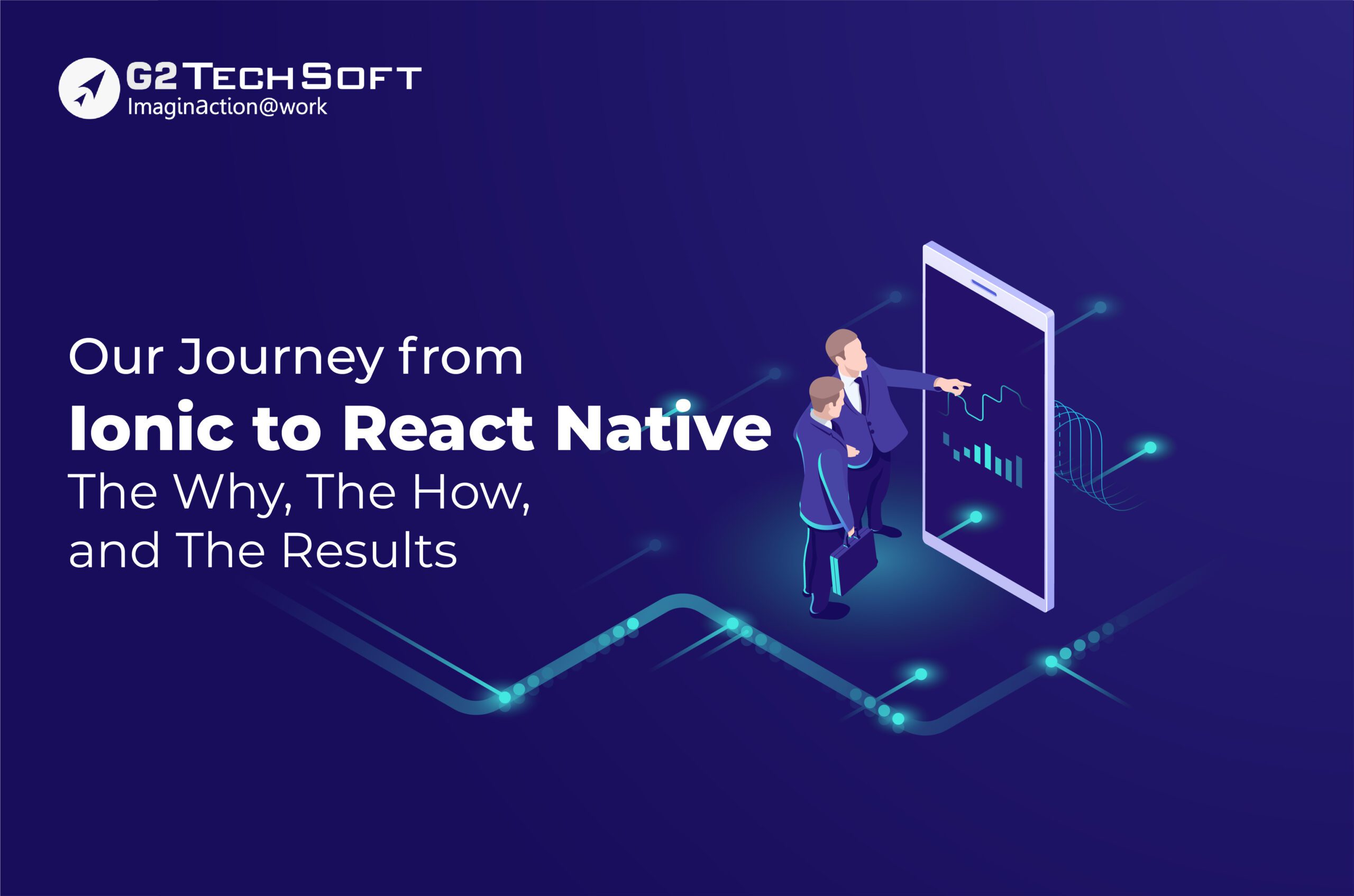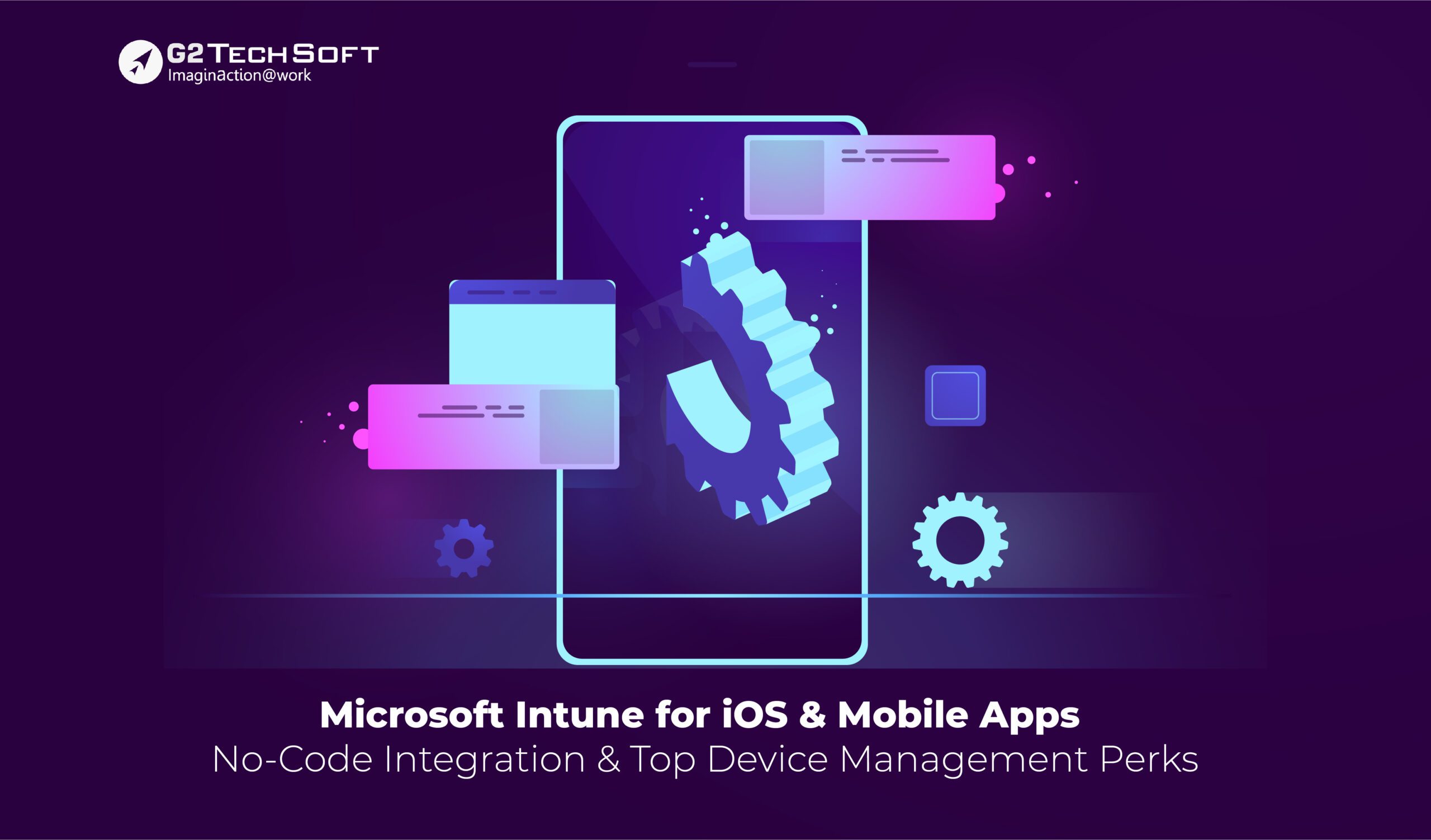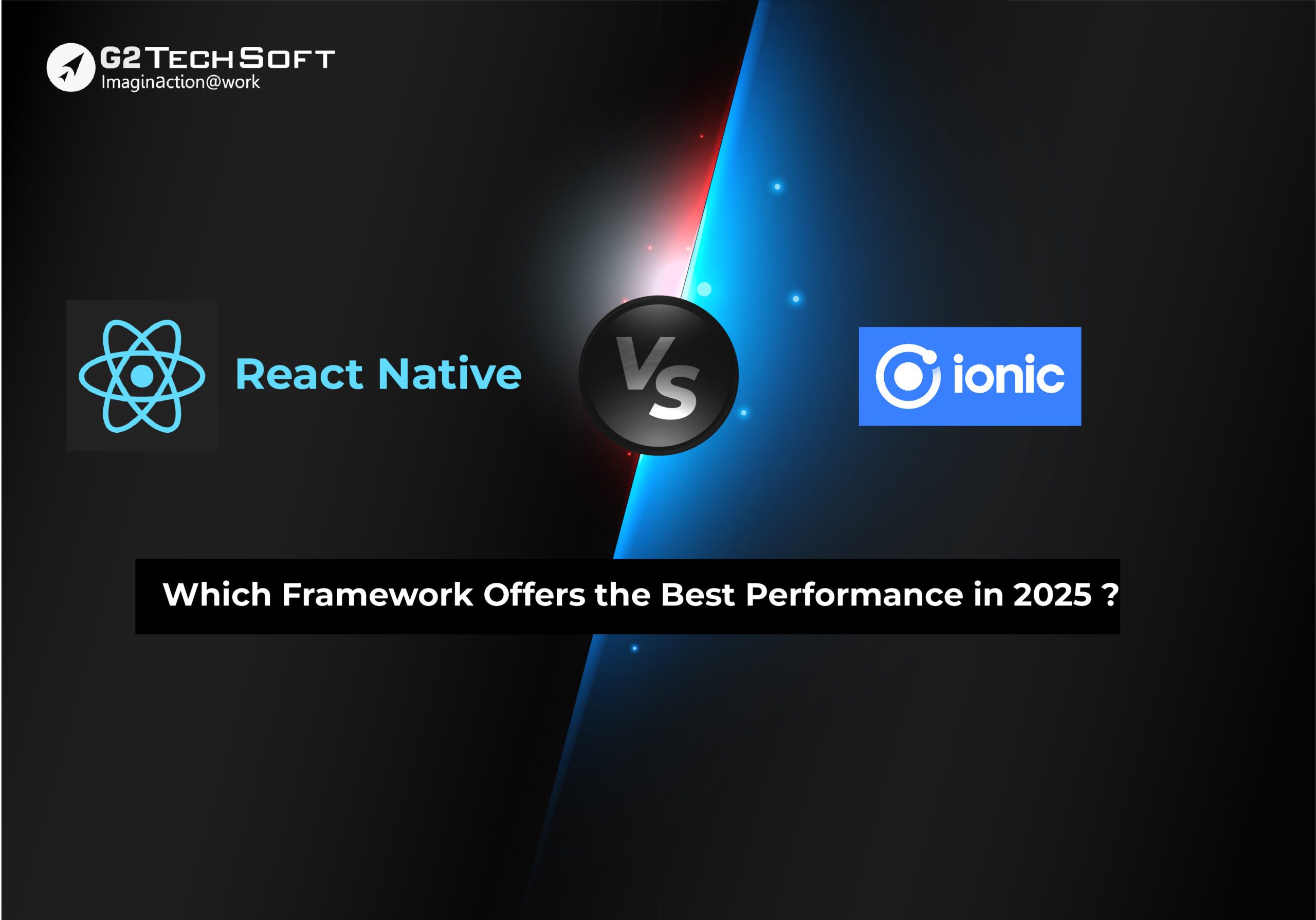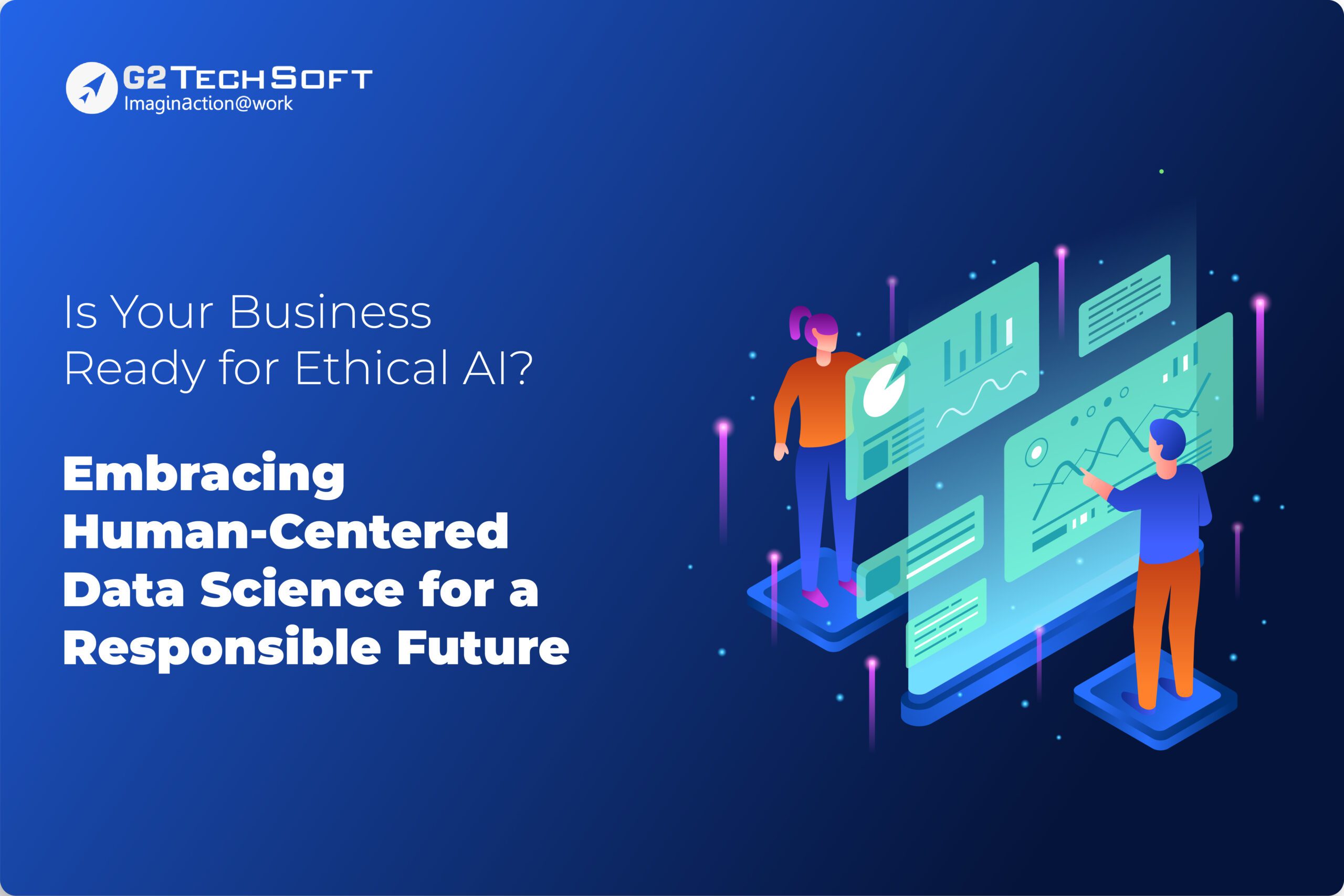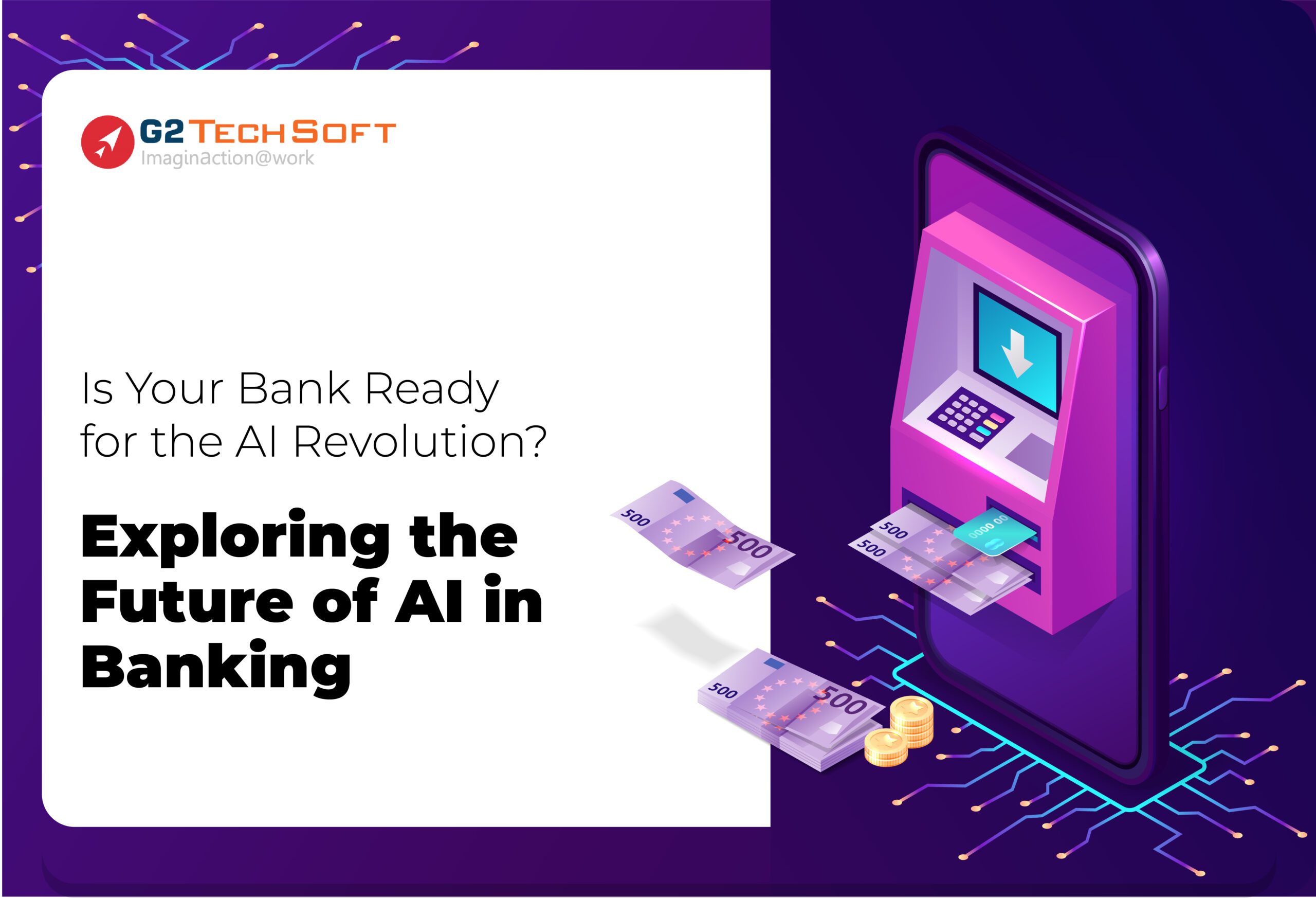
Analogizing Application Integration or Data Integration and how they dissent
Software companies are riddled if they don’t have a standard business process. Any business is efficiently run by lots and lots of data in different ways like; Business transactions, payroll, business billing, marketing, and analysis. To integrate these data into the system effective software development process is exquisitely needed. Productive software applications help enterprises to reduce the hassles without overlapping the data with other systems. Operatively enterprises needed fruitful approaches like Application integration and data integration where they can structure the data and use them from different systems. But all enterprises need prominent ways to converge the disparate necessities to choose between Application integration vs. data integration alluringly.
Let us delve deeper to correctly perceive Modern application and data integration solutions.
The central point about Application integration and data integration
Determining the appropriate integration strategy will be a big task to structure the data accordingly. It is common to have these questions instantly before understanding the data and application integration capabilities.
- Which Data is needed to be moved?
- How much data needed to be moved?
- When the data is needed to be moved?
- What is the goal with this moved data?
Our experts are here to put this in the simple view to make understand both the integration method.
Application Integration is seen as data running like pronghorn. But data integration is seen as data running like a cheetah.
Application integration:
Using fixed data schemas, the process of application integration allows data from one application to work fine with another. Enterprises foresee application integration to improvise their performance of business efficiency using more data systems. The interface of the systems efficiently allows for improvising the syntactic, structural, and semantic of all the enterprise’s operations.
- Delivering on-demand data
- Able to deliver smaller loads of data at a time
- Able to take the data to a definite location
A software connecter between the two applications is needed to be connected, through which as many connection increase enterprises tend to use app integration platforms to peruse and manage all the connections.
Data integration:
Data integration helps to observe and transpose various data from numerous systems in a single location. Whether the data is structured or unstructured it can be replicated and sent to a single system and can be leveraged for later proposes. The data integration method always ensures the business of anytime data accessibility and reliability.
- Able to transport a minimum of data per day
- Able to deliver loads and loads of data in a group
- Able to unite the data in a fixed location
More infrastructure and development are needed. Anyhow, according to enterprises data need data integration methods to provide indispensable data management services.
Revealing the use case of Application integration and data integration
Use cases of Application integration:
- Enterprises can choose application integration to collect & storing data, and for analyzing it.
- With the help of cloud-based CRM, either the legacy system or on-prem application can be synced.
- The automation process helps the application integration to enhance the business efforts seamlessly by allying the application.
- Complex coding is required to configure application integration.
- Connecting two or more applications helps to share data.
- Application integration is alluringly considered part of DevOps in software development.
Use cases of Data integration:
- Enterprises can choose data integration which will be the epitome of migrating the numerous data to the data warehouse flawlessly.
- The business can mainly integrate data from diversified sources and helps them to centralize into a single source of origin effectively.
- No complex coding is required to configure application integration.
- Businesses need data integration if they are seeking to integrate and evaluate the collected data whether it is static or performing efficiently.
- When the business is part of data integration it ensures that enterprises with substantial precision and helps to obtain more insights with the collected data.
A bit of insight into cloud computing
Both application integration and data integration contribute predominant attributes. As a glimpse of the cloud, we understand from the last blog many businesses sprints into the cloud. Any type of business is running through the vein of data. As much as the resources, data is also considered delicate. In this aspect, Unlimited Cloud Storage helps businesses to save data securely and even retrieve computer files online. A few years back all the enterprise’s applications tend to run on the local server, which seems to be risky for any business owner. This proves to us how effective the cloud-native software SaaS is.
Which one to choose?
Numerous businesses seeking a better approach. It is never that application integration is one step ahead of data integration or vice versa. Both are made for an incompatible purpose. If the business owner is planning to go with application integration, they are planning to just work with data at an application level alone. If the business owner is planning to go with data integration, they are planning to set up and work on creating a database level. Understand the worth of both the usages and choose the best for better performances.
G2 TechSoft helps the business and its business owners without failing them to choose the right option by understanding the business needs. We have the right team to extract the raw data and make it available swiftly. As this article helps to understand the usage of each term it helps enterprises to shape their future without failing in any way. Connect with and get started with your journey of integrating data swiftly.
